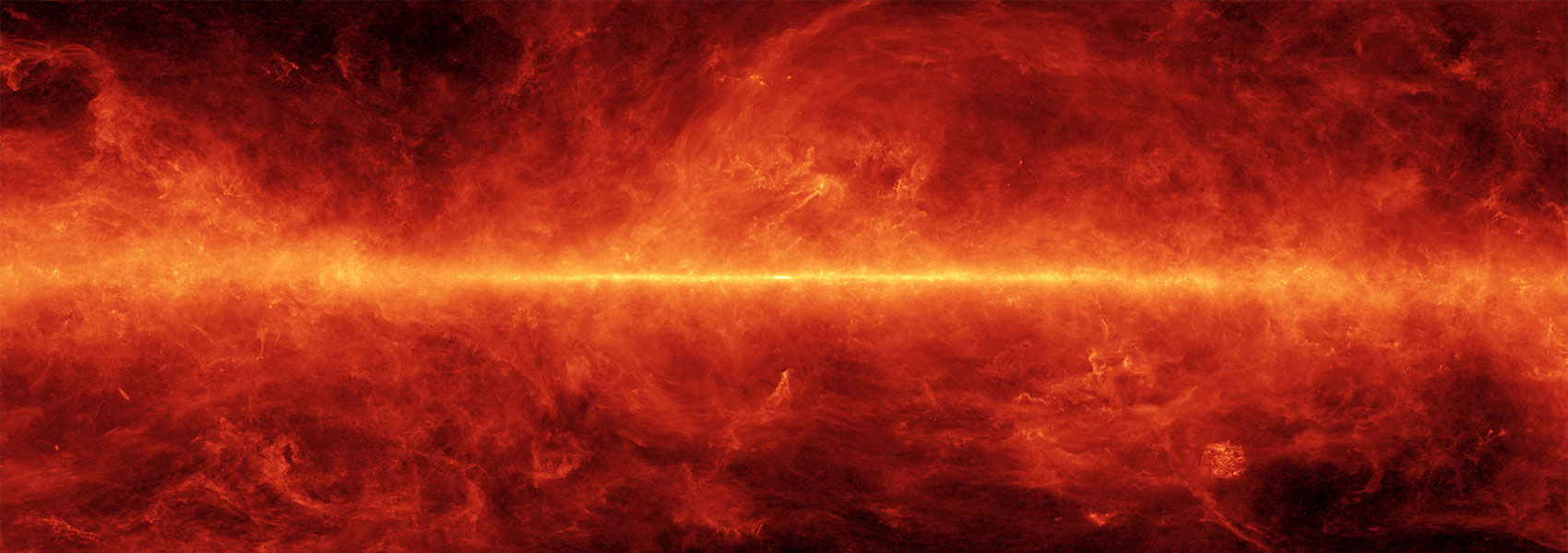
The Early Ultraviolet Light Curves of Type II Supernovae and the Radii of Their Progenitor Stars
July 2024 • 2024ApJ...970...96I
Abstract
•
We present a sample of 34 normal Type II supernovae (SNe II) detected with the Zwicky Transient Facility, with multiband UV light curves starting at t ≤ 4 days after explosion, and X-ray observations. We characterize the early UV-optical color, provide empirical host-extinction corrections, and show that the t > 2 day UV-optical colors and the blackbody evolution of the sample are consistent with shock cooling (SC) regardless of the presence of "flash ionization" features. We present a framework for fitting SC models that can reproduce the parameters of a set of multigroup simulations up to 20% in radius and velocity. Observations of 15 SNe II are well fit by models with breakout radii <1014 cm. Eighteen SNe are typically more luminous, with observations at t ≥ 1 day that are better fit by a model with a large >1014 cm breakout radius. However, these fits predict an early rise during the first day that is too slow. We suggest that these large-breakout events are explosions of stars with an inflated envelope or with confined circumstellar material (CSM). Using the X-ray data, we derive constraints on the extended (∼1015 cm) CSM density independent of spectral modeling and find that most SN II progenitors lose
Links
- PREPRINT http://arxiv.org/abs/2310.16885
- NED https://ned.ipac.caltech.edu/uri/NED::InRefcode/2024ApJ...970...96I
- ELECTR https://doi.org/10.3847/1538-4357/ad3de8
- SIMBAD https://simbad.u-strasbg.fr/simbad/sim-ref?querymethod=bib&simbo=on&submit=submit+bibcode&bibcode=2024ApJ...970...96I
- PDF https://iopscience.iop.org/article/10.3847/1538-4357/ad3de8/pdf


